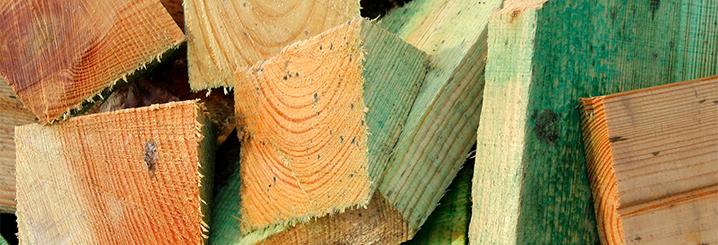How to till soil

Whether it’s done on a vegetable patch or a garden, tilling prepares soil for seeding or transplanting, so that plants have the right conditions for optimum growth. Working the soil is essential, whether for cultivating a luxuriant lawn or flower garden, or for achieving a thriving vegetable patch.
Working the soil improves a vegetable patch and garden
Tilling improves soil, preparing it for seeding and transplanting in the spring, by first breaking and then finely pulverising the surface crust to loosen it. It also mixes the soil with air to make it softer and therefore a more suitable medium for roots. Additionally, tilling enables nutrients to be mixed into the soil, particularly after spreading fertiliser and soil conditioner. Don’t till soil when it is frozen, wet or too dry, it should be just moist.
How to till your vegetable patch
If you want an abundant vegetable crop, the earth must be fertile, soft and free of stones. Vegetable plots should therefore be worked with a rotary tiller, in the same way as soil being prepared for a new vegetable patch.
A rotary tiller for vegetable patches saves time and effort. Being handy, and very compact in the smaller models, you can also use it for tilling soil on small allotments, even if they are irregularly shaped or sloping. If you are tilling an existing vegetable patch, remove any residual plants, then spread fertiliser and soil conditioner.
Then, to prepare for seeding or transplanting, till the soil to a depth of about 20 cm using a rotary tiller and finally level the surface. If you are working on a fallow area, remove stones, branches and weeds; fertilise and, if necessary, add soil conditioner. Finally, till the soil to a depth of 30 cm using the rotary tiller.
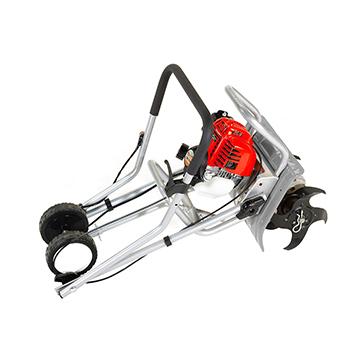
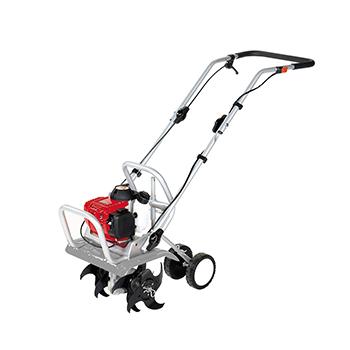
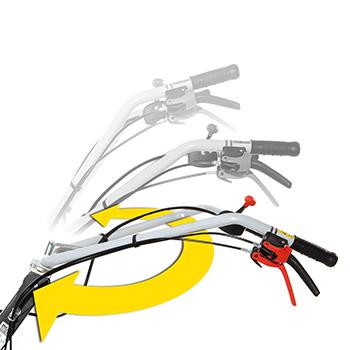
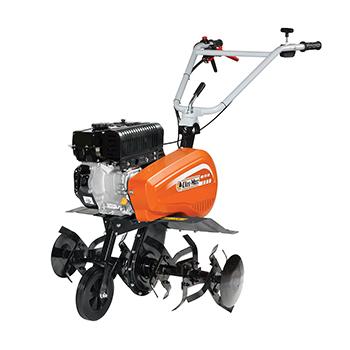
How to till soil in your vegetable patch
A rotary tiller for gardens is an indispensable aid for tending your back yard. For example, you can use it to plough the flowerbeds at the end of the season, make a new hedge or replace an old one, or even prepare a new lawn.
To put flowerbeds back in order at the end of the growing season, first get rid of dead plants, then fertilise the soil and till it to a depth of 20 cm. Alternatively, if you want to bed out plants and create a hedge, remove any plant remains and till the soil along the expected length to a width and a depth of 50 cm.
To vary the tilling depth, i.e. the distance that the rotor blades reach into the earth, adjust the position of the rotary tiller’s jackleg (or control bar). It may be necessary to make a second pass when tilling: the first breaks up the clods, while the second – with a slower and more incisive movement – achieves the ideal soil for seeding.
For breaking up and tilling soil, Oleo-Mac offers various medium-powered and compact rotary tillers for vegetable patches, such as the MH 130, with 30 cm rotor featuring a double set of 2+2 rotating discs, and the MH 175 RK, with 82 cm cutter incorporating a double set of 3+3 blades.
Finally, if your goal is to renovate a small lawn that is fairly unproductive or infested with weeds, remove the top 10 cm of soil along with as many roots as possible, then replace it with the same amount of topsoil, smooth it out and spread fertiliser and soil conditioner, then perform several passes with a rotary tiller set to a depth of 15-20 cm, in order to mix the topsoil and underlying layer with the additional substances.
This will put your garden in prime condition to accommodate new flowerbed plants, hedge shrubs or grass seeds.
